Apart from an improvement in efficiency, probably the most significant reason for having a "synchronizing" MOSFET is that the switcher won't go into discontinuous (burst) mode nearly as often. Burst mode occurs on light loads because the minimum energy per cycle that can transferred is higher than the load demands.
This happens a lot on variable loads or when incoming supply voltages are at maximum. It causes significantly greater ripple voltage on the output. A non-synchronous switching circuit will have a minimum duty cycle in continuous operation before entering discontinuous operation - there is no option - it can't keep oversupplying energy to the load or the output voltage will significantly increase.
In a synchronous switching circuit, because excess energy can be removed from the output capacitor over the full period of time that the series-pass MOSFET is off, there is no-need for the synchronous circuit to enter discontinuous operation. Some devices will give you the option of entering discontinuous mode because there can be some energy savings on light loads but that is a customer/supplier driven feature.
This means that the peak-to-peak output ripple voltage is almost guaranteed to be significantly smaller when using a synchronous topology in almost every application. This coupled with efficiencies in the 95% region (buck regulators for instance) make it the topology of choice today.
